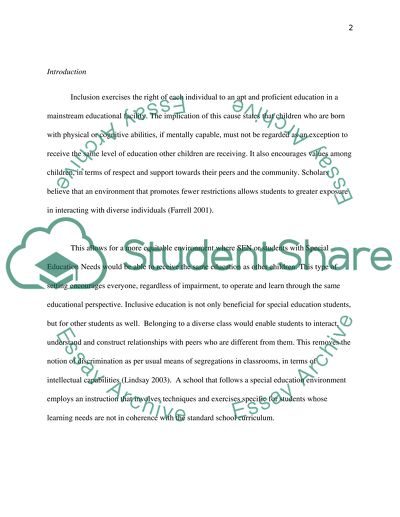Cite this document
(“How Might Inclusive Special Education be Developed in a United Kingdom Essay”, n.d.)
Retrieved from https://studentshare.org/education/1410601-how-might-inclusive-special-education-be-developed-in-a-united-kingdom-school
Retrieved from https://studentshare.org/education/1410601-how-might-inclusive-special-education-be-developed-in-a-united-kingdom-school
(How Might Inclusive Special Education Be Developed in a United Kingdom Essay)
https://studentshare.org/education/1410601-how-might-inclusive-special-education-be-developed-in-a-united-kingdom-school.
https://studentshare.org/education/1410601-how-might-inclusive-special-education-be-developed-in-a-united-kingdom-school.
“How Might Inclusive Special Education Be Developed in a United Kingdom Essay”, n.d. https://studentshare.org/education/1410601-how-might-inclusive-special-education-be-developed-in-a-united-kingdom-school.


